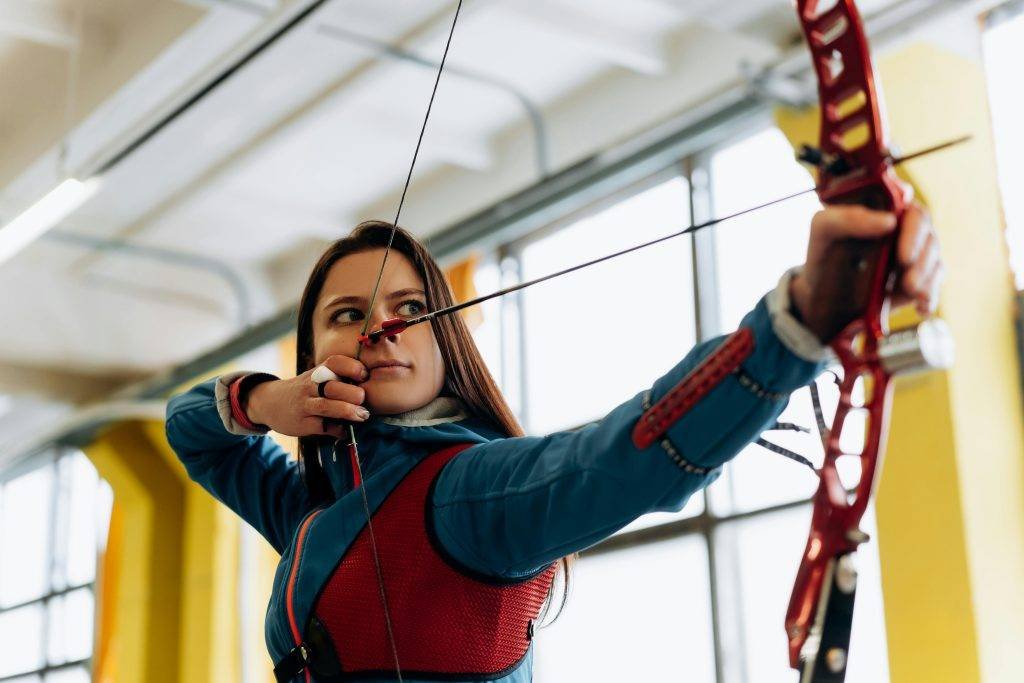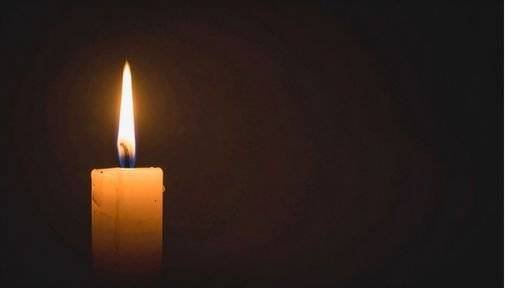
The physical discipline of archery begins with stance—applied biomechanics and declaration in one breath. An archer settles the feet, a shade wider than the hips, weight gathered forward so the balls of the feet drink seventy percent of the load. Clay presses through the soles as a solid fact, grit mapping itself into memory. The bow warms the palm with a promise of stored energy. On a green field the body writes a first word before any arrow flies, a quiet constitution of the self that says: I stand here to perform this work. Judith Butler’s account of the performative utterance sharpens the scene: as a doctor’s “It’s a girl” calls a social identity into presence, planted feet call the shooting body into agency. The body steps forward as subject, the point from which the entire narrative of the shot unfolds.
Geometry shapes the form, both ancient and altogether new in every person who assumes it. The pelvis tucks under; the back flattens into strength. The ribs settle; the chest lowers; the centre drops until the platform holds. Shoulders ride low; arms rise without strain. Readiness travels the spine and the mind follows its direction. Each person who comes to the line brings a history folded into posture. One carries years of instruction to stand broad and claim space. Another carries years of practice in making herself smaller. Ground and bow offer the same demand to each: balance in the feet, stability in the core. In learning the stance, the body discovers a language grounded in bone and force, a syntax that persuades through alignment rather than argument.
Learning arrives through rhythm—the long, slow beat of practice. Draw, anchor, release. Again, and again. Upper-back musculature—lower trapezius and rhomboids—accepts a new vocation. Load migrates from forearms toward those steadier engines, a shift that occurs deep under the shoulder blades, felt as a clean transfer of labour. Identity condenses inside repetition. Butler locates subject formation in precisely such “stylized repetition of acts”; the thousand small performances of walking, speaking, gesturing produce the legible truth of who we are. Archery follows the same law. A figure waits within the body and steps forward through daily practice. Arrows leave the string and, over time, the one who looses them acquires a name that carries weight: archer.


